According to Forbes, DeFi and finance applications generated US$6.1 billion in the first half of 2025, a 113% year‑over‑year increase. The growth is driven by key segments such as lending protocols, decentralized exchanges (DEXs), staking services, and liquidity‑aggregators.
These DeFi platforms are gaining real traction: they hold top ranks in total value locked (TVL), attract millions of users, draw institutional capital, and increasingly adhere to compliance and enterprise‑grade security standards. This mean Defi still a real opportunity for fintech founders and investors.
In this guide, you’ll discover which defi platforms fits your business model, their key benefits and risks. This help you make informed decisions when choosing a platform to build on, integrate with, or partner in the DeFi space.
Key takeaways
- Aave, MakerDAO, Curve, Lido, Synthetix offer strong defi risk controls and frameworks suitable for institutional use.
- InstaDApp, Balancer, Compound let fintech apps connect protocols and manage positions efficiently.
- Uniswap, SushiSwap, PancakeSwap, Curve provide deep liquidity for trading and lending, while Lido, Yearn, JustLend serve staking, yield, and low-fee lending niches.
Top 15+ best DeFi platforms in 2025
Below is the comparison table for the top 15+ best decentralized finance platforms in 2025, ranked based on their total value locked from highest to lowest.
| DeFi platforms | Services | Total value locked (TVL) (As of Nov 2025) |
|---|---|---|
| Aave (AAVE) | Borrowing and Lending | $42.18B |
| Lido (LDO) | Liquid staking | $30.7B |
| Uniswap (UNI) | Decentralized exchange (DEX) / Token swaps | $5.069B |
| JustLend (JST) | Borrowing and Lending (on TRON) | $4.097B |
| PancakeSwap (CAKE) | DEX / AMM (on BNB chain) | $2.67B |
| InstaDApp (INST) | DeFi management platform / Bridge | $2.45B |
| Compound (COMP) | Borrowing and Lending | $2.195B |
| Curve (CRV) | Stablecoin DEX / Liquidity pool protocol | $2.192B |
| Convex (CVX) | Yield booster / Liquidity rewards optimizer | $1.069B |
| Chainlink (LINK) | Oracle network | $700.48M |
| Balancer (BAL) | Automated portfolio manager / DEX | $317.58M |
| Yearn (YFI) | Yield aggregator | $268.58M |
| SushiSwap (SUSHI) | Decentralized Exchange (DEX) and AMM protocol | $132.33M |
| Synthetix (SNX) | Synthetic assset / Derivatives protocol | $112,61M |
| MakerDAO (MKR) | Borrowing and Lending / Stablecoin issuer (DAI) | $2.25M |
Lending & borrowing platforms (Aave, Compound, JustLend, MakerDAO)
If your fintech business focuses on lending, credit, or liquidity management, these platforms are where you should start. They allow users (and businesses) to lend, borrow, or earn interest without going through banks, all powered by smart contracts.
1. Aave (AAVE)
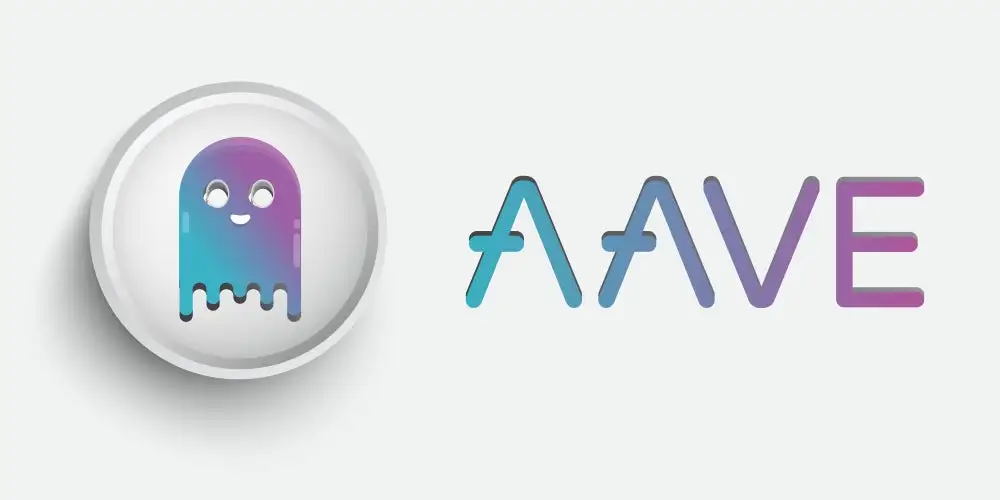
Aave is the largest decentralized lending protocol. Users can deposit crypto to earn interest or borrow by using assets as collateral with no banks and no middlemen.
If you’re building a lending or credit-based fintech product, you can tap into Aave’s liquidity pools to offer instant loans to users. Its native stablecoin (GHO) and safety module make it a strong choice for secure, on-chain finance.
Highlight features:
- Flash Loans: Instant loans without collateral for arbitrage or liquidity needs.
- Multi-Collateral Support: Borrow against multiple crypto assets.
- GHO Stablecoin: On-chain stablecoin for lending and payments.
- Safety Module: Protocol-level risk mitigation protecting liquidity.
Market snapshot (2025):
- TVL: ~$42.18B | Growth: +96% YoY (compared with $21.5B on Nov, 2024)
- Controls ~60% of the DeFi lending market
Best for: Fintechs or startups in lending, micro-credit, or on-chain treasury management.
Watch out for: Liquidity risks during volatile markets and multi-chain compliance challenges.
Explore DeFi lending opportunities safely and efficiently.
2. Compound (COMP)
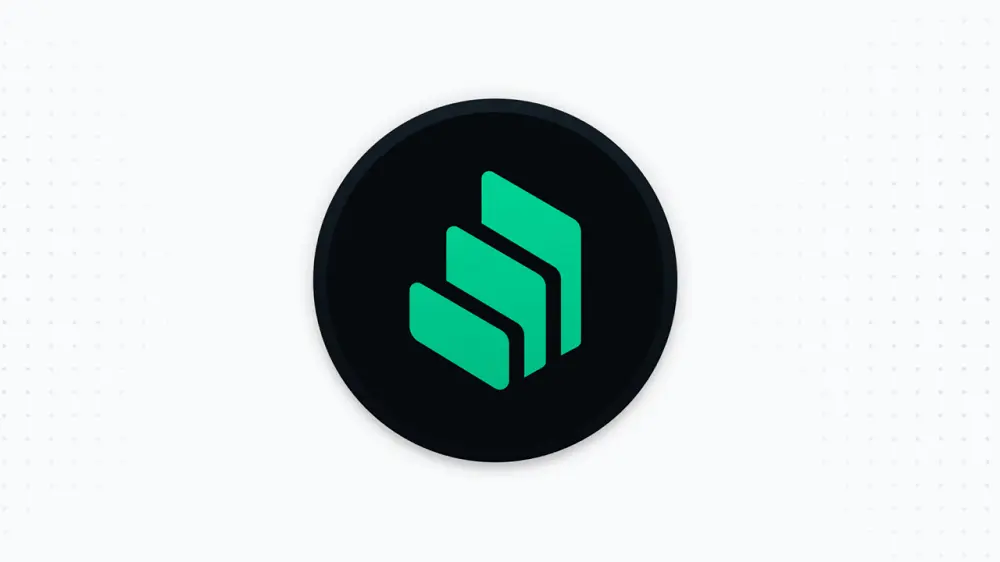
Compound Finance offers a simple way to lend and borrow crypto through algorithmic interest rates. It’s known for its clean structure and strong developer ecosystem.
For businesses, it’s great if you want to integrate DeFi lending features into your app without complex setup. Many fintechs use Compound’s open API to enable users to earn passive yield directly from their wallets.
Key features:
- Algorithmic Interest Rates: Auto-adjusting rates based on supply and demand.
- Open API: Easy integration for fintech apps and wallets.
- Liquidity Pools: Earn interest by supplying crypto.
Market snapshot (2025):
- TVL: ~$2.195B | Gradual recovery after 2023–24 bear market
- Backed by Coinbase Ventures and Andreessen Horowitz
Best for: Fintechs building savings, yield, or portfolio-management apps.
Watch out for: Lower liquidity than Aave and limited multi-chain support (mostly on Ethereum).
3. MakerDAO (MKR)

MakerDAO powers the DAI stablecoin, one of the oldest and most trusted decentralized currencies. Instead of lending between users, Maker lets you lock crypto to mint DAI, effectively creating a self-collateralized lending system.
This platform is perfect for fintechs that want to offer stablecoin loans, savings, or yield products without dealing with volatile assets. Maker’s stability mechanisms make it ideal for projects needing predictable value.
Highlight features:
- DAI Stablecoin: Minted via over-collateralized loans, predictable value.
- Multi-Collateral Support: Use ETH, BAT, or other assets as collateral.
- Real-World Asset Integration: Access institutional-grade collateral.
Market snapshot (2025):
- TVL: ~$2.25M | DAI remains top-3 stablecoin globally
- Partnered with major institutions for real-world asset (RWA) collateral
Best for: Startups exploring stablecoin-based lending or tokenized asset collateral.
Watch out for: Over-collateralization requirements (users need 150%+ value locked).
4. JustLend (JST)
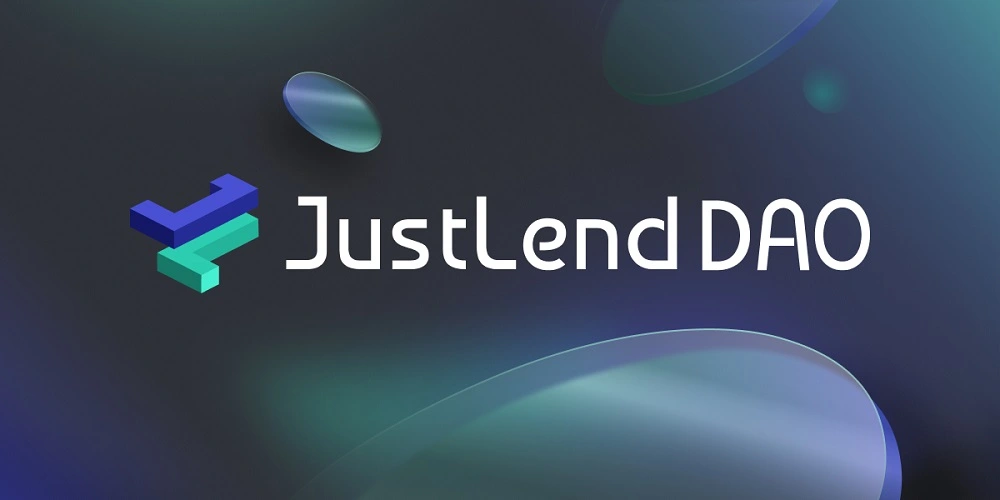
JustLend is TRON’s native lending protocol, designed for fast and low-cost transactions. It enables users to supply, borrow, and earn interest directly through smart contracts, all settled on the TRON blockchain.
This is solid choice if your fintech app targets emerging markets or prefers low-fee ecosystems. With high transaction throughput and minimal gas fees, JustLend helps you offer accessible DeFi lending to a broader audience.
Key features:
- High-Speed Transactions: Low-latency loans and repayments on TRON blockchain.
- Low Fees: Minimal gas costs for users and businesses.
- Liquidity Pools: Earn interest or borrow against supplied crypto.
- Institutional Adoption: Growing presence in Asia-Pacific markets.
Market snapshot (2025):
- TVL: ~$4.097B | TRON’s leading DeFi protocol
- Increasing institutional adoption in Asia-Pacific
Best for: Fintechs building micro-lending or cross-border payment solutions.
Watch out for: Lower interoperability outside TRON and limited developer tooling compared to Ethereum-based platforms.
DEXs / Trading & liquidity platforms (Uniswap, Curve, SushiSwap, PancakeSwap, Balancer)
These platforms let fintechs and users swap tokens, provide liquidity, and earn trading fees without relying on centralized exchanges. If your product involves token trading, portfolio management, or liquidity incentives, these are the platforms to check.
5. Uniswap (UNI)
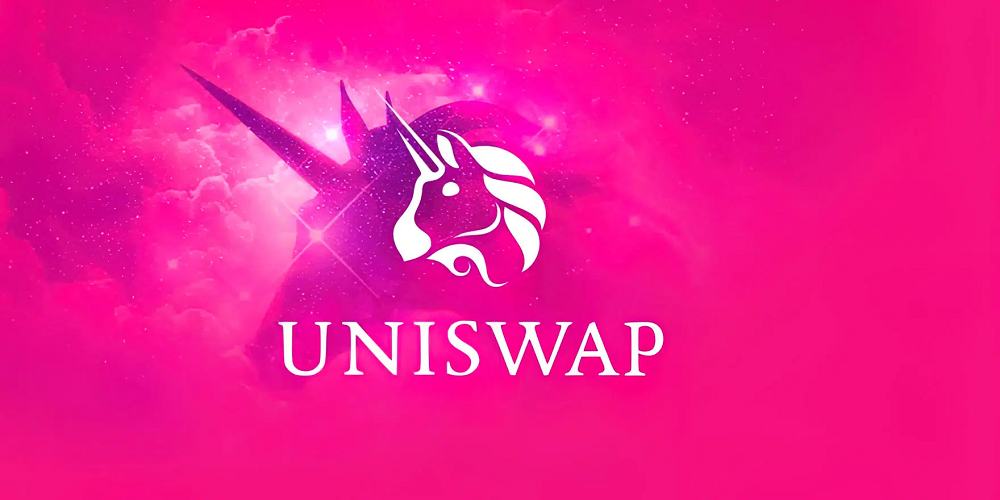
Uniswap is the largest decentralized exchange (DEX) on Ethereum, using an automated market maker (AMM) to enable seamless token swaps and liquidity provision.
Fintechs can integrate token trading and liquidity features directly into apps, allowing users to swap assets and earn trading fees. Its wide adoption and large liquidity make it a reliable choice for Ethereum-based trading services.
Highlight features:
- AMM Token Swaps: Seamless token exchange without order books.
- Liquidity Pools: Users earn fees while supplying liquidity.
- Ethereum Ecosystem Support: Broad integration and developer community.
- Permissionless Trading: Anyone can trade or provide liquidity.
Market snapshot (2025):
- TVL: ~$5.069B | Growth: +28% in Q2/2025
- Dominates Ethereum DEX trading volume
Best for: Fintechs offering token swaps, liquidity pools, or trading fee generation.
Watch out for: High Ethereum gas fees and limited cross-chain support.
6. Curve (CRV)

Curve Finance Curve is a stablecoin-focused AMM DEX designed for low-slippage trades between stablecoins, optimizing returns for liquidity providers.
This defi platform is perfect for fintechs dealing with stablecoins or payments, enabling users to swap with minimal loss and earn liquidity rewards. Curve’s staking incentives attract active liquidity providers.
Key features:
- Stablecoin Swaps: Optimized for low-slippage trades.
- Liquidity Incentives: Earn rewards for providing liquidity.
- Efficient Trading: Minimized impermanent loss for users.
- Staking Opportunities: Boosts engagement and retention.
Market snapshot (2025):
- TVL: ~$2.192B | Strong adoption among stablecoin traders
- Key partnerships with major DeFi projects for stablecoin liquidity
Best for: Fintechs focusing on stablecoin swaps, treasury management, or low-slippage trading.
Watch out for: Limited token variety; mainly focused on stablecoins.
7. SushiSwap (SUSHI)
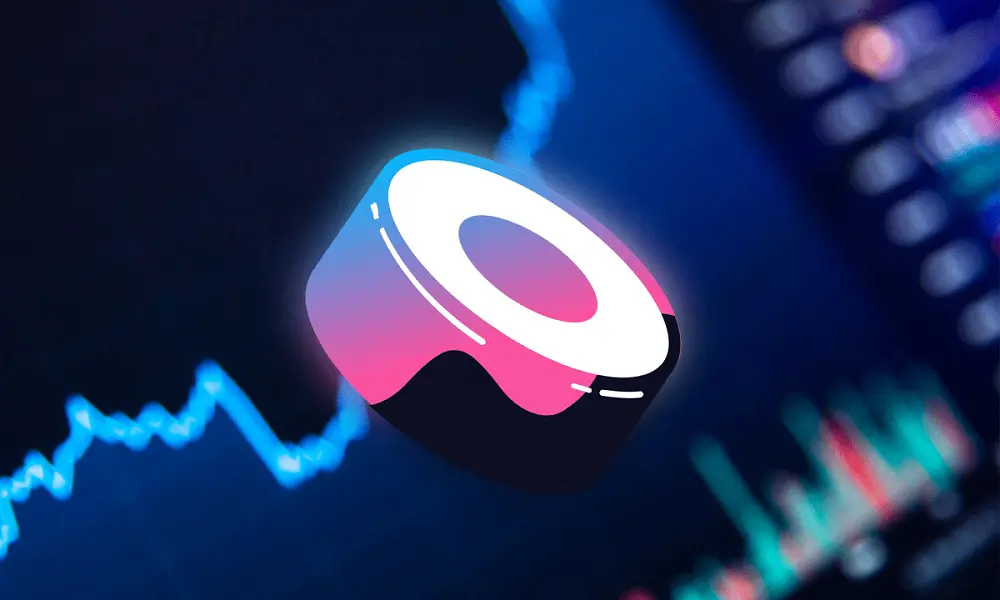
SushiSwap is a multi-chain DEX and AMM protocol offering token swaps, staking, and yield farming across Ethereum, Polygon, and other chains.
This is great for fintechs looking to combine trading and yield incentives in one product. Its multi-chain capabilities allow reaching diverse user bases and integrating flexible reward structures.
Highlight features:
- Multi-chain Swaps: Operates on Ethereum, Polygon, and more.
- Staking & Yield Farming: Incentivize users and liquidity providers.
- Flexible Rewards: Customize liquidity and incentive programs.
- Cross-chain Support: Broader user reach for fintech apps.
Market snapshot (2025):
- TVL: ~$132.33M | Active on 5+ blockchains
- Growing adoption for cross-chain liquidity and farming programs
Best for: Fintechs offering multi-chain trading, staking, or yield programs.
Watch out for: Variable liquidity and rewards; smaller pools may be volatile.
8. PancakeSwap (CAKE)

PancakeSwap is a BNB Chain-native DEX with low fees, supporting token swaps, staking, lotteries, and yield farming.
This is ideal for fintech apps targeting BNB Chain users. Micro-transactions, gamified finance, and staking features make it suitable for engaging a broader retail audience.
Key features:
- Low-Fee Swaps: Affordable micro-transactions for users.
- Staking & Yield: Incentivize engagement and liquidity provision.
- Gamified Finance: Lotteries and rewards to boost retention.
- BNB Chain Native: Optimized for high throughput and low latency.
Market snapshot (2025):
- TVL: ~$2.67B | Leading DEX on BNB Chain
- High user engagement due to low fees and gamification
Best for: Fintechs focusing on BNB Chain trading, micro-lending, or gamified DeFi products.
Watch out for: Limited to BNB Chain; cross-chain assets require bridges.
9. Balancer (BAL)

Balancer is an automated portfolio management DEX, enabling multi-asset liquidity pools with customizable fees and automated rebalancing.
Fintechs can offer portfolio management combined with liquidity provision, letting users rebalance assets automatically while earning fees. Its flexibility attracts sophisticated users and institutions.
Highlight features:
- Multi-Asset Pools: Support for diverse token portfolios.
- Automated Rebalancing: Keep portfolios aligned with target ratios.
- Customizable Fees: Flexibility to attract liquidity providers.
- Advanced Portfolio Management: Combine trading and asset management in one.
Market snapshot (2025):
- TVL: ~$317.58M | Niche adoption among professional liquidity providers
- Used for advanced portfolio management and DeFi strategies
Best for: Fintechs offering automated portfolio management, multi-asset liquidity, or advanced trading features.
Watch out for: More complex than simple AMMs; liquidity concentrated in certain pools.
Staking & yield optimization (Lido, Yearn, Convex)
These platforms focus on staking, yield aggregation, and optimizing returns on crypto assets. They are ideal if your fintech product involves earning yield, liquidity incentives, or staking-based services.
10. Lido (LDO)
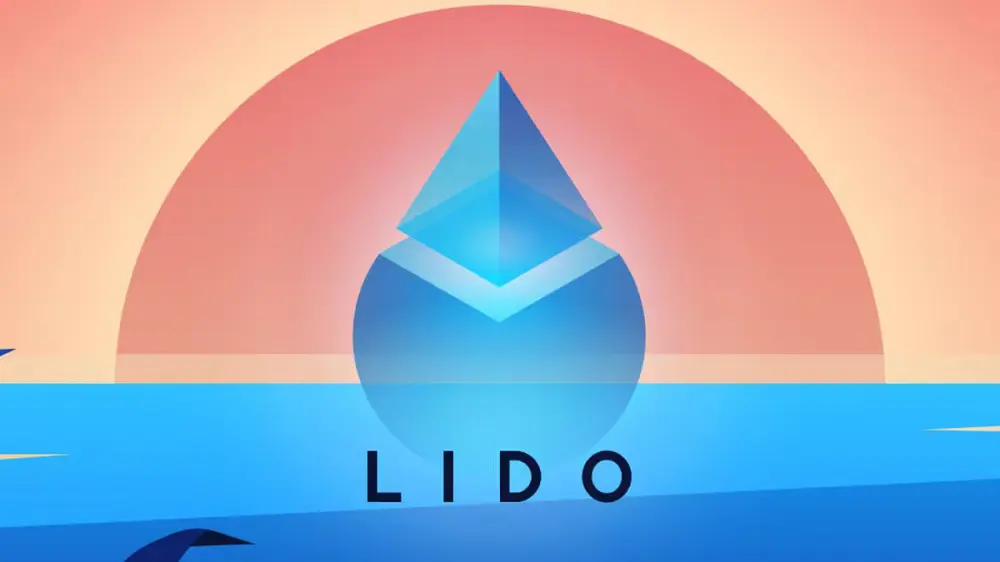
Lido Finance is the largest liquid staking platform for Ethereum and other proof-of-stake networks. It allows users to stake assets like ETH without locking them up, providing liquid tokens in return that can be used in DeFi.
Fintech business can integrate Lido to offer staking services to users without requiring complex validator setups. Users can stake, earn rewards, and maintain liquidity for trading or lending purposes.
Key features:
- Liquid Staking: Earn staking rewards while keeping assets usable.
- Multi-Chain Support: ETH, Solana, Terra, and more.
- High Security: Professional validators and insurance coverage.
- DeFi Integration: stETH and other liquid tokens usable in DeFi apps.
Market snapshot (2025):
- Staked assets: ~$30.7B | Dominates liquid staking for Ethereum
- Strong institutional adoption, especially in Europe and Asia
Best for: Fintechs offering staking-as-a-service, liquidity-enabled yield, or DeFi product integrations.
Watch out for: Protocol risks in staking derivatives; price fluctuations of liquid tokens.
11. Yearn (YFI)

Yearn Finance is a yield aggregator that automatically moves crypto assets across DeFi protocols to optimize returns. It simplifies yield farming for users by using vault strategies and automation.
The platform is ideal for fintechs aiming to offer yield management tools without manually integrating multiple protocols. Yearn’s automation allows your app to maximize user returns on deposits efficiently.
Highlight features:
- Automated Yield Farming: Optimizes returns across protocols.
- Vault Strategies: Pre-configured for risk-adjusted returns.
- DeFi Protocol Aggregation: Integrates lending, DEXs, and staking.
- Governance Participation: Community-driven strategy updates.
Market snapshot (2025):
- TVL: ~$268.58M | Supports multiple yield strategies across Ethereum ecosystem
- Governance through YFI token, active developer and community engagement
Best for: Fintechs providing automated yield management or portfolio optimization tools.
Watch out for: Smart contract risks and protocol dependencies; gas fees on Ethereum.
12. Convex (CVX)

Convex Finance optimizes yield for Curve liquidity providers and CRV stakers. It boosts rewards and simplifies staking and liquidity management, especially for users who want enhanced returns with minimal effort.
For businesses: Fintechs can leverage Convex to offer optimized yield strategies for stablecoin liquidity or Curve LP tokens. It’s a quick way to enhance user rewards and provide on-chain incentive structures.
Key features:
- Yield Boosting: Amplify CRV staking and LP returns.
- Simplified Staking: No manual lockups needed.
- Liquidity Aggregation: Pool together rewards for maximum efficiency.
- Governance Integration: Influence Curve protocol parameters via CVX.
Market snapshot (2025):
- TVL: ~$1.069B | Major booster for Curve liquidity and governance participation
- Widely adopted by DeFi yield platforms and institutional liquidity providers
Best for: Fintechs focused on yield optimization, staking incentives, or stablecoin liquidity management.
Watch out for: Dependent on Curve’s protocol health; rewards can fluctuate with CRV/Convex token value.
DeFi management & infrastructure layer (InstaDApp, Chainlink)
These platforms provide the backbone for DeFi apps — connecting protocols, automating transactions, and supplying reliable data feeds. They are essential if your fintech product relies on multi-protocol interactions, real-time pricing, or decentralized smart contract automation.
13. InstaDApp (INST)
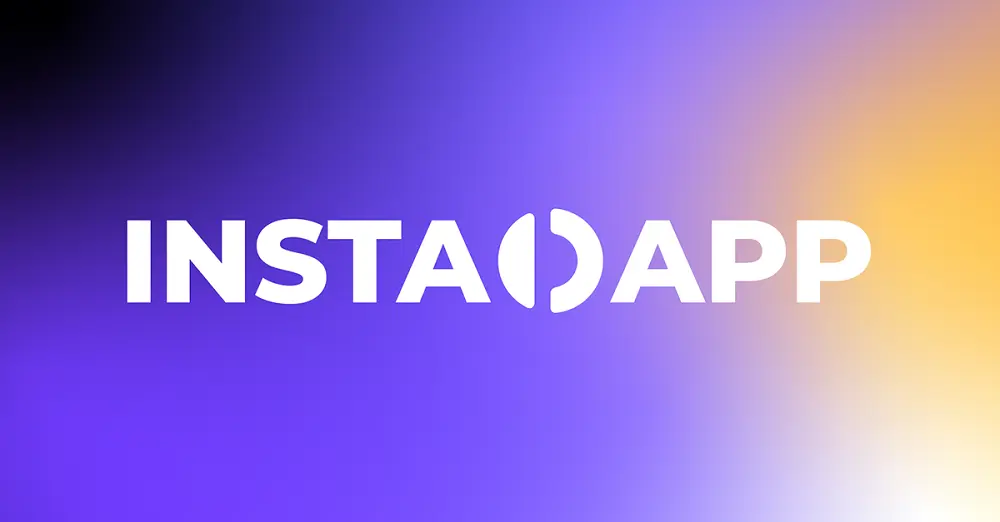
InstaDApp is a DeFi management platform that connects multiple protocols, allowing users to automate strategies and optimize asset management in one interface. It simplifies interactions with lending, borrowing, and liquidity platforms.
For businesses: Fintechs can integrate InstaDApp to offer users a single dashboard for managing assets across multiple DeFi protocols. Automated transaction execution and portfolio optimization make it easier to provide advanced financial services without complex integrations.
Highlight features:
- Multi-Protocol Management: Aggregate assets across DeFi platforms.
- Automation: Execute complex strategies in a single click.
- Portfolio Optimization: Maximize yield or minimize risk automatically.
- Cross-Protocol Integrations: Works with lending, staking, and DEX protocols.
Market snapshot (2025):
- TVL: ~$2.45B | Supports Ethereum, Polygon, and Layer 2 solutions
- Partnerships with Aave, Compound, MakerDAO, and other leading DeFi protocols
Best for: Fintechs offering all-in-one DeFi dashboards, automated investment products, or cross-protocol portfolio tools.
Watch out for: Smart contract and protocol dependency risks; requires careful monitoring of integrations.
14. Chainlink (LINK)

Chainlink is the leading decentralized oracle network, providing secure and reliable off-chain data to smart contracts. Its feeds power pricing, lending, insurance, and derivatives platforms in DeFi.
For businesses: Essential for fintechs that need trustworthy real-world data inside their apps. Integrating Chainlink ensures accurate pricing, triggers for automated contracts, and reduces reliance on centralized data sources.
Key features:
- Decentralized Oracles: Reliable off-chain data for smart contracts.
- Cross-Chain Compatibility: Works across Ethereum, BNB, Polygon, and more.
- High Security: Multiple nodes and verification layers for tamper-proof data.
- Custom Data Feeds: Price feeds, weather data, NFTs, and DeFi triggers.
Market snapshot (2025):
- TVL: $700.48M | Leading oracle network with strong institutional adoption
- Partnerships with Aave, Synthetix, MakerDAO, and numerous cross-chain projects
Best for: Fintechs needing accurate, decentralized data for lending, derivatives, or automated DeFi services.
Watch out for: Oracle latency and network congestion can affect real-time applications; integration requires technical expertise.
Synthetic assets / derivatives (Synthetix)
This kind of platform allow users to trade synthetic assets — tokenized versions of real-world or crypto assets — enabling exposure to price movements without holding the underlying assets. They are ideal if your fintech product focuses on derivatives, hedging, or leveraged trading.
15. Synthetix (SNX)
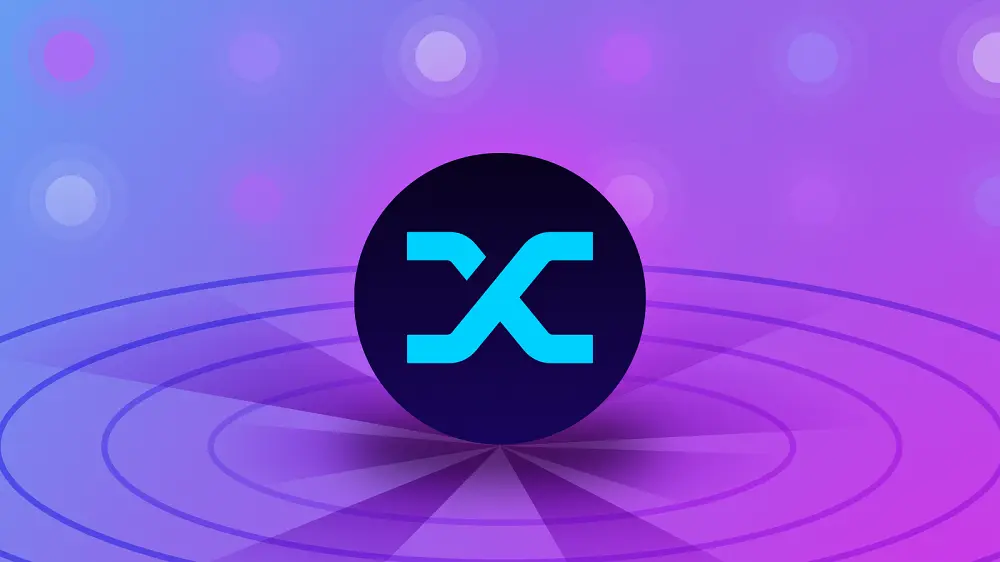
Synthetix is a leading protocol for creating and trading synthetic assets, including cryptocurrencies, commodities, fiat currencies, and indices. It uses smart contracts and pooled collateral to mint synthetic tokens that track real-world prices.
For businesses: Fintechs can integrate Synthetix to offer users exposure to a wide range of assets without holding them directly. It enables derivative products, hedging strategies, and cross-asset trading on-chain.
Highlight features:
- Synthetic Asset Minting: Trade assets that mirror real-world prices.
- Pooled Collateral: Users stake SNX to back synthetic tokens.
- Cross-Asset Trading: Crypto, fiat, commodities, and indices in one platform.
- Integration with Oracles: Accurate pricing via Chainlink feeds.
Market snapshot (2025):
- TVL: ~$112,61M | Active on Ethereum and Optimism Layer 2
- Partnerships with Chainlink for secure price oracles and other DeFi protocols for liquidity
Best for: Fintechs offering derivatives trading, hedging solutions, or exposure to multiple asset classes without custody risks.
Watch out for: Complexity of derivatives and collateral requirements; protocol relies heavily on oracle accuracy.
These top defi platform is showing us a message: the market is maturing. The strongest platforms don’t chase high yields anymore, they’re building real value through liquidity control, data access, and seamless integration the smartest way. And defi has moved far beyond its early “open finance” phase and is stepping into its role as a core layer of modern financial infrastructure.
But evolution never stops. As 2026 approaches, new forces (like AI-driven financial tools) are already taking shape, and it can redefine what DeFi means in the institutional era. Let’s break down the key trends shaping where decentralized finance is headed next.
DeFi trends for 2026 and future predictions
Here’re a few key trends that are shaping the next wave in 2026:
- Real‑World Assets (RWAs): Tokenized real estate, loans, and corporate debt open new yield opportunities and institutional use cases in defi space.
- Institutional Adoption: Banks and funds are connecting to DeFi with clearer regulations, driving new products and on-chain services.
- Cross‑Chain Liquidity: Bridges and interoperability layers make capital flow across networks more seamless and efficient.
- Advanced Data & Analytics: On-chain intelligence, oracles, and analytics tools are becoming essential for transparency and risk management.
- Next‑Gen Yield Products: Structured strategies, risk‑adjusted returns, and hybrid DeFi/tradFi models are redefining how yield is generated.
So, what are the key strategic actions for fintechs and innovators?
- Focus on use-case relevance (institutional treasury, real-world assets, cross-chain liquidity)
- Build products with compliance, security and data integrity baked in
- Monitor emerging models and be ready to pivot quickly
Stay vigilant and adaptive. The next opportunity in DeFi may come from building the system, not just using it.
- Suggested for you: 10+ Best DeFi development companies in 2025
Conclusion
Decentralized finance is rapidly evolving, presenting opportunities for autonomy, accessibility, and groundbreaking financial services. In 2026, the leading DeFi platforms are expected to play significant roles in the DeFi landscape, furnishing users with a wide range of functionalities, robust infrastructure, and enticing returns.
If you’re leading a fintech or managing corporate treasury, the key is to focus on where DeFi can actually add value: smarter liquidity management, reliable yield for company capital, and integration with broader financial ecosystems.
The advice is simple: study the platforms carefully, understand the risks, and start with small, controlled experiments. The companies that move thoughtfully now — leveraging liquidity, data, and multi-chain capabilities — will be best positioned to capture meaningful opportunities in 2026 and beyond.
More related posts from our Fintech blog you shouldn’t skip:
- Maximize DeFi passive income: Lending, staking, or yield farming?
- Discover 15+ Best Fintech App Security Solutions in 2025
- 10 Best Fintech App Development Companies in 2025 [Latest Update]
- Top 15+ Best Fintech Apps You Must Check Out In 2025
How useful was this post?
Click on a star to rate it!
Average rating / 5. Vote count:
No votes so far! Be the first to rate this post.




